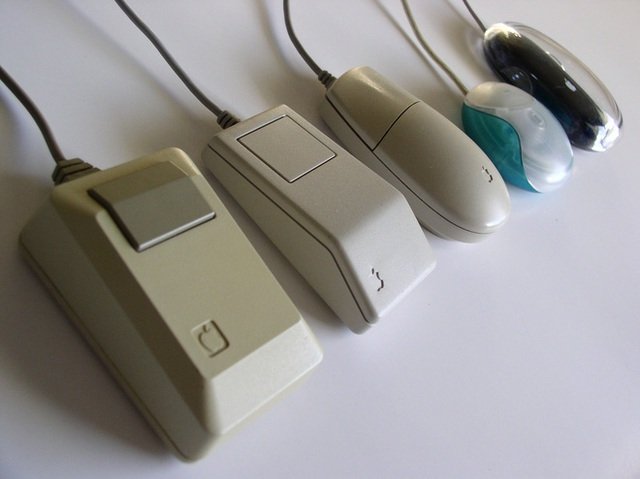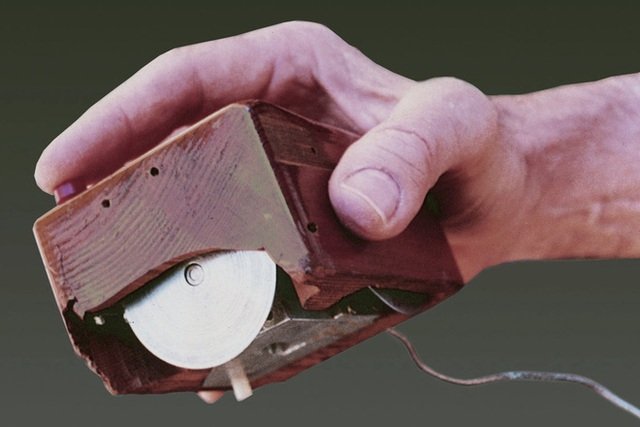First of all, let’s go back in time to 1964, when two engineers Douglas Engelbart and William English at the Stanford Research Institute (SRI) had just invented a peripheral device that allowed users to interact directly with each other.
Initially, Douglas Engelbart was the one who came up with the idea of developing a new computer control device.
Very naturally, the `X-Y position orienting device on the screen` was later called a `mouse` by Douglas Engelbart and William English, simply because its appearance and size looked quite similar to…a mouse.
When asked who named his most famous invention, Doug Engelbart recalled: `No one could remember. It looked like a mouse with a tail, and we all called it that.`
The name ‘mouse’ itself was first mentioned to the public in 1965, when Bill English’s technology publication was launched.
Compared to the computer mouse of 2020, the ‘ancestral’ computer mouse model is really…simple and completely different.
Quite interestingly, the `tail` part of the first computer mouse model was placed in the completely opposite direction compared to current mouse models, that is, towards the user’s arm. However, this type of wire placement has quickly changed.
In 1971, William English left SRI and joined technology firm Xerox PARC.

Although continuously upgraded in the following period, it was not until the user interface was introduced in 1981 that the computer mouse developed its superior power compared to keyboard operations.
